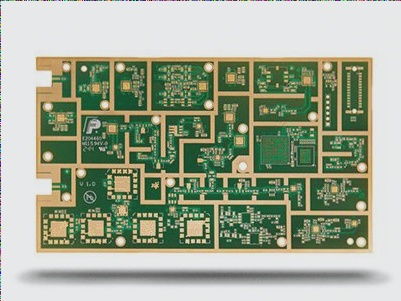Main Principles of PCB Wiring
- Start by wiring the power line and ground line first to ensure optimal electrical performance.
- Preferably, widen the ground wire more than the power wire, and prioritize the order as ground wire > power wire > signal wire.
- For high-frequency lines, wire them first and keep input and output ends apart to avoid interference.
- Ground the oscillator housing, keep clock lines short, and avoid excessive wiring of the clock line.
- Utilize 45-degree polyline wiring to reduce high-frequency signal radiation and avoid 90-degree polylines.
- Avoid loops on signal lines, keep them short and thick, and add protective ground on both sides of key lines.
- For sensitive signals, use a “ground wire-signal-ground wire” approach when transmitting through flat cables.
- Reserve test points for key signals for easy production and maintenance testing.
- After schematic wiring, optimize the layout, fill unwiring areas with ground wire, and consider using multilayer boards for power supply and ground wires.
Latest PCB Wiring Trends:
1. Incorporating AI algorithms for automated routing to enhance efficiency and reduce errors.
2. Increasing use of flexible PCBs for compact and lightweight electronic devices.
3. Implementation of advanced signal integrity analysis tools for optimizing high-speed signal routing.
4. Adoption of 3D printing technology for rapid prototyping and customized PCB designs.
5. Integration of IoT capabilities in PCBs for smart and interconnected applications.



